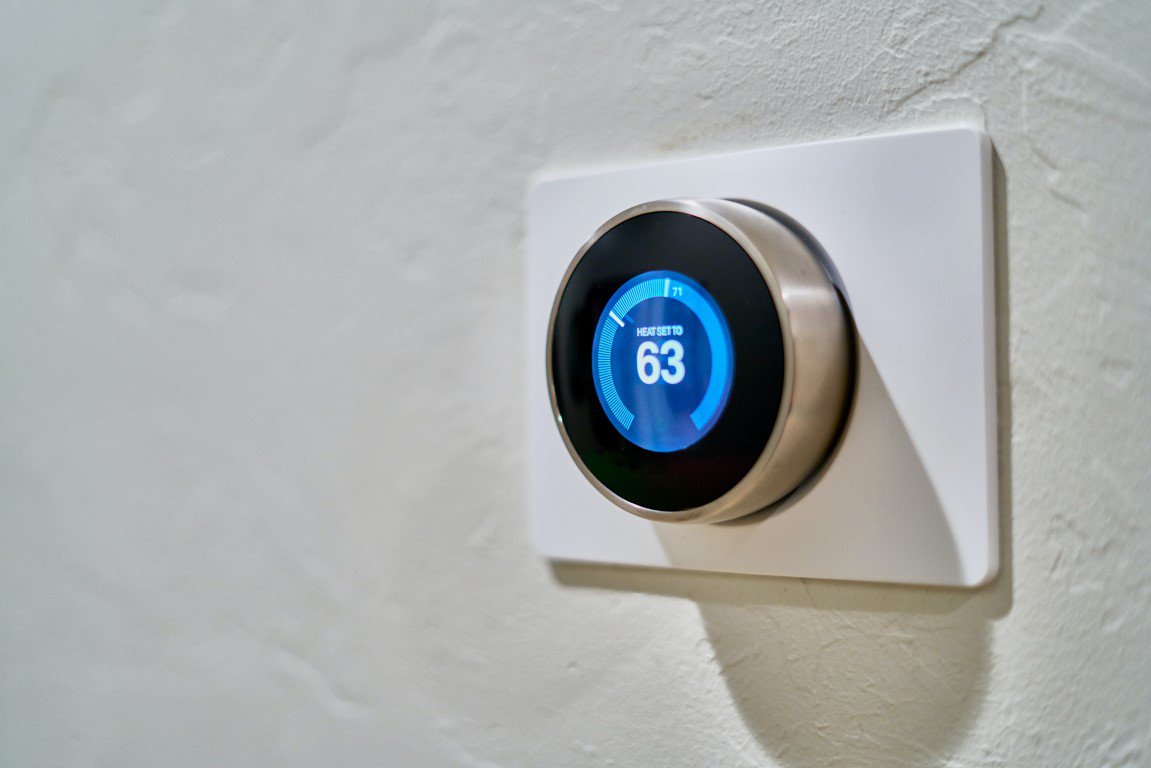Energy-use Study Shows When and How We Used Electricity During Stay-at-home 2020
- June 15, 2021
- John Harrison

Intuitively, it makes sense that we all used more electricity during the pandemic as people worked from home, students attended virtual classes, and normal activities like shopping moved online. But how much more did we use, and which power uses had the biggest increases?
That information, if it were available, could help energy planners gain a better understanding of energy use and thus help improve predictions of future demand for power and design programs to improve energy-use efficiency. Coincidentally, and fortunately, that information does exist and – better yet – its collection began before we all started staying home, and continued through 2020. The information was captured by the End-Use Load Research project, which is a regionwide effort to collect detailed data about electricity consumption by end-use from homes and businesses. Metering of individual homes began in 2018, and commercial buildings in 2019.
The metering collects electricity consumption data at one-minute intervals, and thus provides a detailed look at when and how much electricity is being used. Among other benefits, the data will enable planners and energy-use evaluators to more accurately estimate the impacts of energy efficiency and demand-response measures. Because the data were collected both before and during the pandemic, comparisons can be made of consumption habits.
David Clement, who leads the Northwest End Use Load Research project for the Northwest Energy Efficiency Alliance, discussed project results with the Council at its June meeting. The Council will use data from the project for more accurate load forecasting and energy efficiency potential estimates.
The project involves metering 400 homes and 100 commercial buildings around the Northwest. Detailed information is being collected about electricity used for lighting, heating, cooling, refrigeration, and appliances, among other uses.
The data also will help inform decisions about spending on energy efficiency programs, which currently totals about $350 million a year in the region, as well as designing demand-response programs, and developing utility integrated resource plans, Clement said. Transmission planning, financial planning, and ratemaking also will benefit.
The data show that residential electricity use increased slightly during 2020 (particularly in April and May) compared to pre-2020 use. Increased kitchen appliance use was particularly notable – dishwashers, refrigerators, ovens – and particularly during the day. Electric water heater use also increased during daylight hours.
The last end-use load study was conducted more than 40 years ago, and so that information is seriously out of date. The Council continues to use data from that study, but has strongly encouraged the development of this new study. The current study is managed by NEEA and funded by a dozen regional utilities plus the National Renewable Energy Laboratory and the U.S. Department of Energy. Data from the study are available in 15-minute intervals from the NEEA website at www.neea.org/EULRdata.



